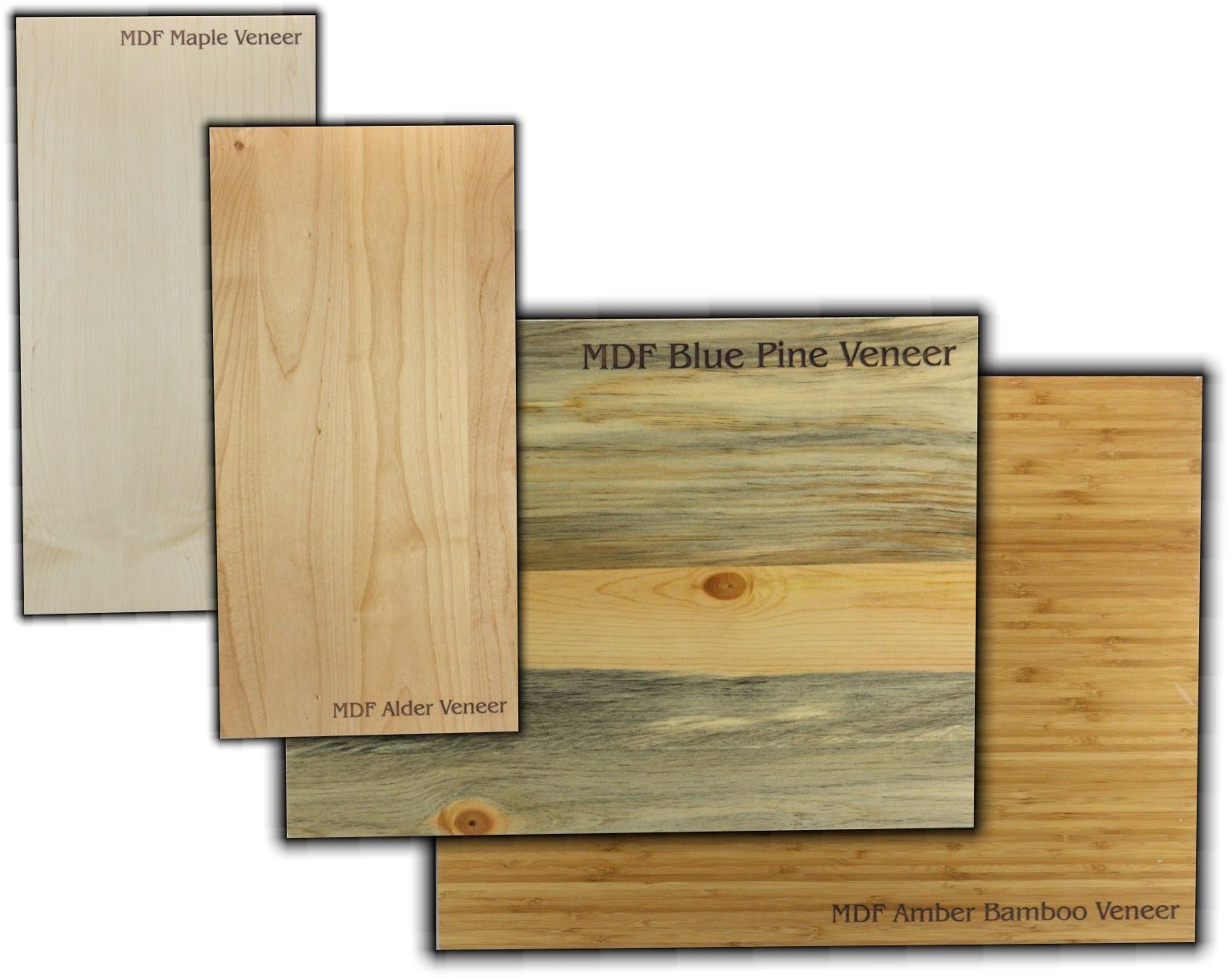Sustainability is an important issue when we talk about wood products, but I believe it is not fully understood. When talking to customers about sustainable wood products, their thought is totally about trees being planted to replace what is being harvested or that the wood itself is special.
However, it is much more than that. I have had many customers involved in “take a tree, plant a tree” movements, but the concern is not the number of trees; it is forest management. Sustainable wood is lumber that has been harvested from a forest that is certified as a sustainable forest. That means that great care is taken to ensure the forest is managed, so the trees are not strip harvested, leading to the area being susceptible to erosion and nature (wildlife) thrown out of balance.
In sustainable forests, there are management tools. One example would be for every tree harvested, five trees are planted in strategic areas. Dead overgrowth is cleared, and unhealthy trees are removed. There is more healthy harvestable lumber today than there was 100 years ago. This is partly due to the care and techniques used in certified sustainable forests. Actually, the underuse of our forests is more of a problem today than overuse. The large uncontrollable forest fires typically start in the forests where forest management is not allowed.
The climate damage caused by these fires is devastating. It is critical to educate our customers on what good forest management does and, actually, how important it is for us to keep using and harvesting lumber. It is also good for the soil when the wood products have completed their usefulness and returned to the soil. Wood chips and sawdust are excellent as compost elements.
All shops should consider using wood products rather than plastics or metals whenever possible. In today’s climate conscience world, when buyers are educated about the benefits of buying wood rather than plastic or metals, it can be a win-win for all.




